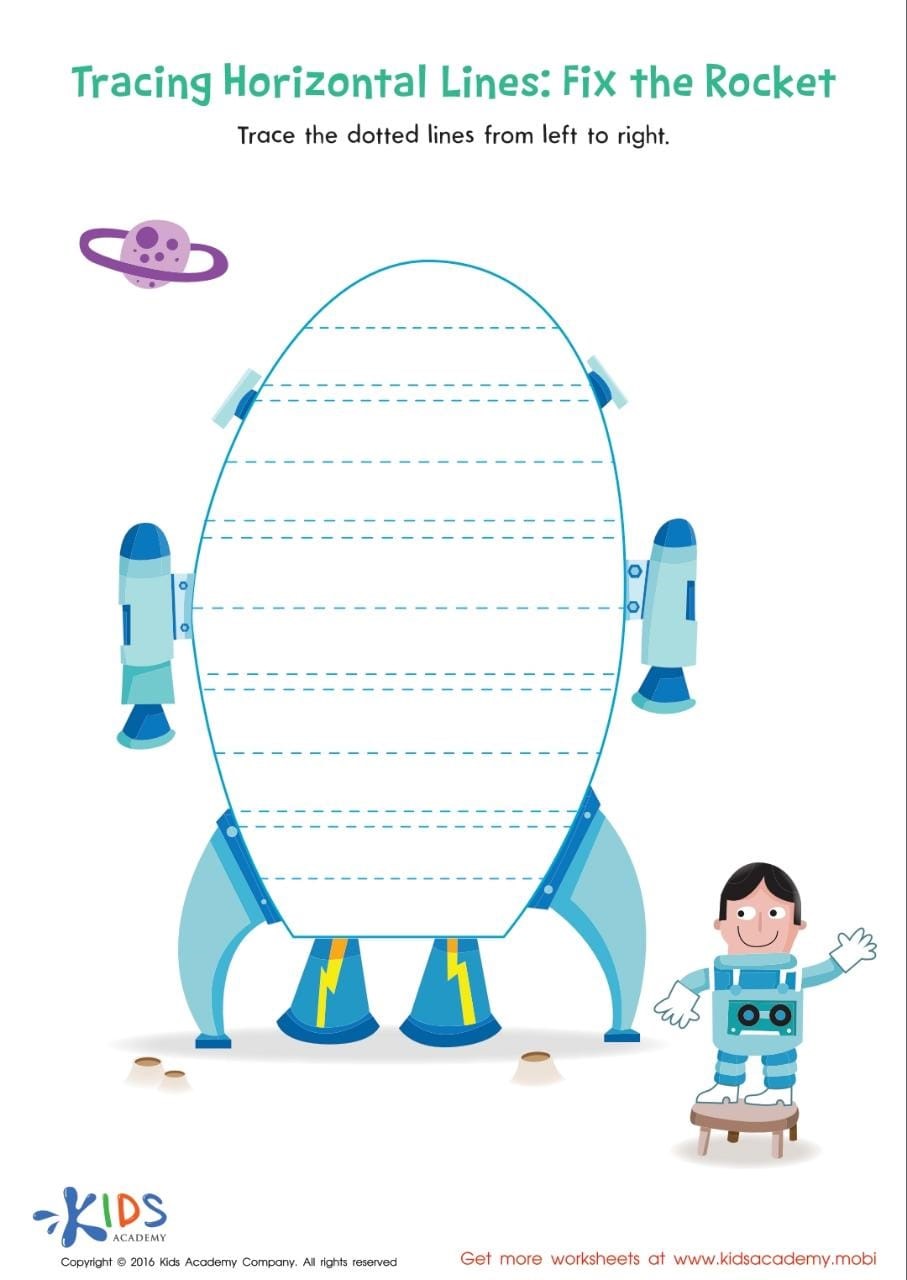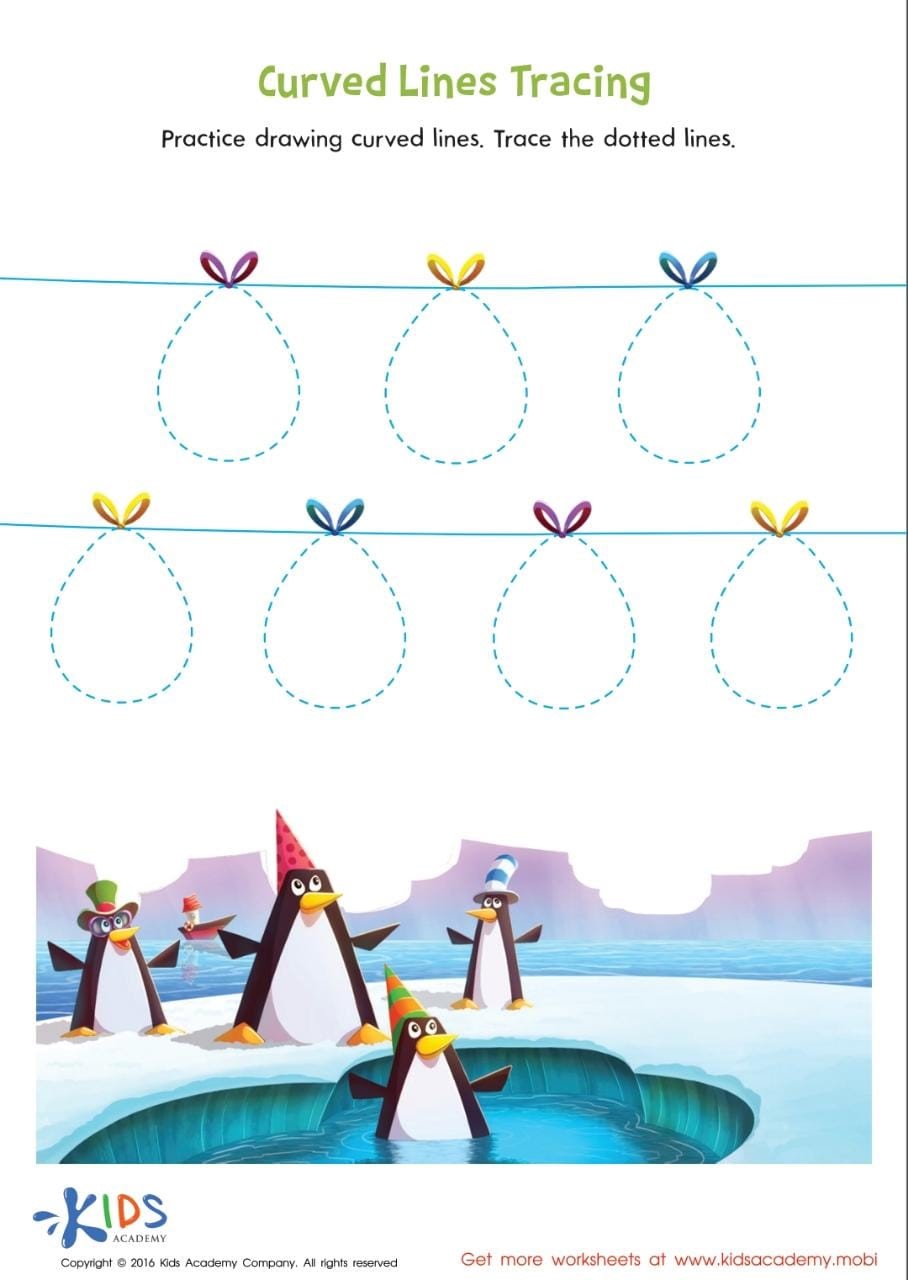-
English
-
English Pre-K
-
Unit 1: Early Literacy Skills
-
ABCs
- Pre-writing Activities
- Letter A
- Letter B
- Letter C
- Letter D
- Letter E
- Letter F
- Letter G
- Letter H
- Letter I
- Letter J
- Letter K
- Letter L
- Letter M
- Letter N
- Letter O
- Letter P
- Letter Q
- Letter R
- Letter S
- Letter T
- Letter U
- Letter V
- Letter W
- Letter X
- Letter Y
- Letter Z
-
Phonological Awareness
- Rhyming Words
- Letter Sounds B, C, D, and F
- Letter Sounds G, H, J, and K
- Letter Sounds L, M, N, and P
- Letter Sounds Q, R, S, and T
- Letter Sounds V, W, X, Y, and Z
- Letter Sounds A, E, and I
- Letter Sounds O and U
- Beginning Sounds
- Matching Letters to Sounds
-
ABCs
-
Unit 2: Vocabulary
-
Common Words
- Sorting Words into Categories
- Color Words
- Verbs and Adjectives
-
Sight Words
- Sight Words 'I' and 'Can'
- Sight Words 'You' and 'Like'
-
Common Words
-
Unit 3: Print Awareness
-
Parts of a Book
- Working with a Book
- Spaces Between Words
- Text and Illustrations
-
Picture Books and Poems
- Picture Book Text Features
- Poem Text Features
- Signs and Labels in the Community
-
Parts of a Book
-
Unit 4: Reading Literature
- Questions About Stories
- Discussing Stories
-
Unit 5: Reading Informational Texts
- Retelling Details in a Text
- Questions About a Text
- Connections Between Events
- Text Features
- Describing Illustrations
-
Unit 1: Early Literacy Skills
-
English Pre-K
-
Math
-
Math for Pre-Kindergarten
-
Logic and Geometry
-
Matching and Sorting
- Same and Different
- Which One Is a Little Different?
- Objects That Go Together
- Sorting by Color and Size
- Sorting The Same Group in Different Ways
- Patterns
-
Shapes
- Shapes in Our Environment
- Naming Shapes Regardless of Size
- Making Shapes in Preschool
- Comparing Shapes
- Relative Positions
- Sorting Shapes
-
Matching and Sorting
-
Early Number Sense
-
Numbers 1–5
- Counting to 3
- Counting to 5
- Arranging Objects up to 3 Objects
- Arranging up to 5 Objects
- Writing Numbers 1–5
-
Numbers 1–5
-
Numbers up to 10
- Counting to 10
- Arranging up to 10 Objects
- Number 0
- Writing Numbers 6–10
- Breaking Down Numbers 6-10
-
Logic and Geometry
-
Math for Pre-Kindergarten
Pre-writing Activities
Now that your preschoolers are ready to learn the ABCs, there are a few skills that they need to train along the way. These skills are important for the development of their reading and writing abilities. One of these sets of skills is called 'pre-writing skills'. In definition, pre-writing skills are the fine motor skills required before actual writing begins. By now, your child has been developing the motor skills needed for writing. The next step is to make sure you support them and reinforce those motor skills through tailored activities and lessons. Tracing is one of the most popular pre-writing activities that helps children develop the skills needed to start writing. But how can your child practice tracing and why should they do it?
Letters are made of lines and curves. The letter 'A' is made up of three straight lines, while the letter 'B' is one straight line and two curves. Thus, before tracing actual letters, give your child the opportunity to practice their lines and curves. On our Kids Academy website, you can find activities dedicated to helping children practice these pre-writing skills. The first step is tracing straight and inclined lines:
Having developed a good mastery of tracing and drawing straight lines, a child can move on to practicing their curves in order to prepare themselves for writing letters such as “O” and “S”. Use the activities below to develop this skill:
Practicing these activities will help your child improve their fine motor skills, it can also sharpen their hand-eye coordination, encourage focus and concentration as well as promote healthy handwriting skills and proper pencil grip. These are the preliminary skills required for the pre-writing stage during preschool.
After your child demonstrates sufficient control over their line and curve tracing, you could provide them with a paper and pencil to scribble freestyle. At this point, they should be able to create letter-like shapes. Later, as they become more capable of reproducing images of letters independently without the dotted lines, they start the process of active writing.
Keep in mind that each skill needs to develop at its own pace. Rushing one milestone before its due time can produce pressure on the child, leading to a negative relation with the task rather than building a healthy and positive outlook towards it. Thus, as a first step, it is important to stick to tracing before moving on to more advanced activities.
To read more articles on the topic of teaching English to preschoolers, check out our interactive catalog below.





